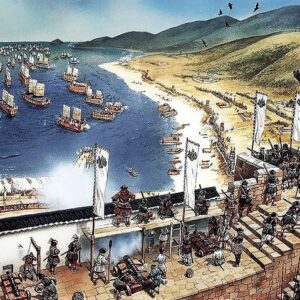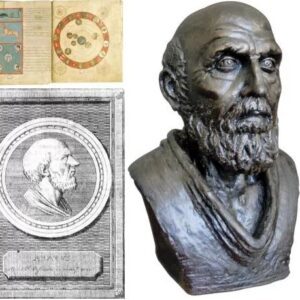Small towns started to appear in the rural areas of Central America around 1500 BCE, which would eventually make up the Mayan civilization. Although the Maya people did not refer to themselves by this name, it has become the commonly used term. It’s worth noting that they saw themselves as numerous small groups rather than one large entity.

It is commonly believed that the Olmec people preceded the Maya and other pre-Columbian cultures such as the Aztecs. The Maya inhabited a vast region of Mesoamerica, stretching from southern Mexico to Nicaragua, and comprised of over 40 distinct towns. Despite speaking different dialects, they shared the same religious beliefs and practices.
The period between 250 and 900 CE, known as the Classical Mayan period, was the pinnacle of Maya civilization, with a population of approximately two million people. This era was marked by a flourishing of religion, art, mathematics, and science, all of which were indicators of a robust and prosperous society.
Mathematics And Astronomy

The Maya developed a sophisticated system of mathematics based on a place value of 20. They were one of few ancient cultures to use the concept of zero, allowing them to count into the millions. Using their sophisticated mathematical system, the ancient Maya developed precise and accurate calendars
The Maya had math, science, and astronomy, which are signs of a strong civilization. They used these to make their religious calendars and big buildings, which will be discussed later in the article.
The Mayan calendar and mathematics
The Maya were one of the first groups to use a number system with a zero. A shell hieroglyph showed this. Other numbers were made of dots and dashes. They had a well-developed number system that made it easy for them to figure out big numbers. Many of us have listened to the Mayan calendar, which said the world’s end would happen in 2012.
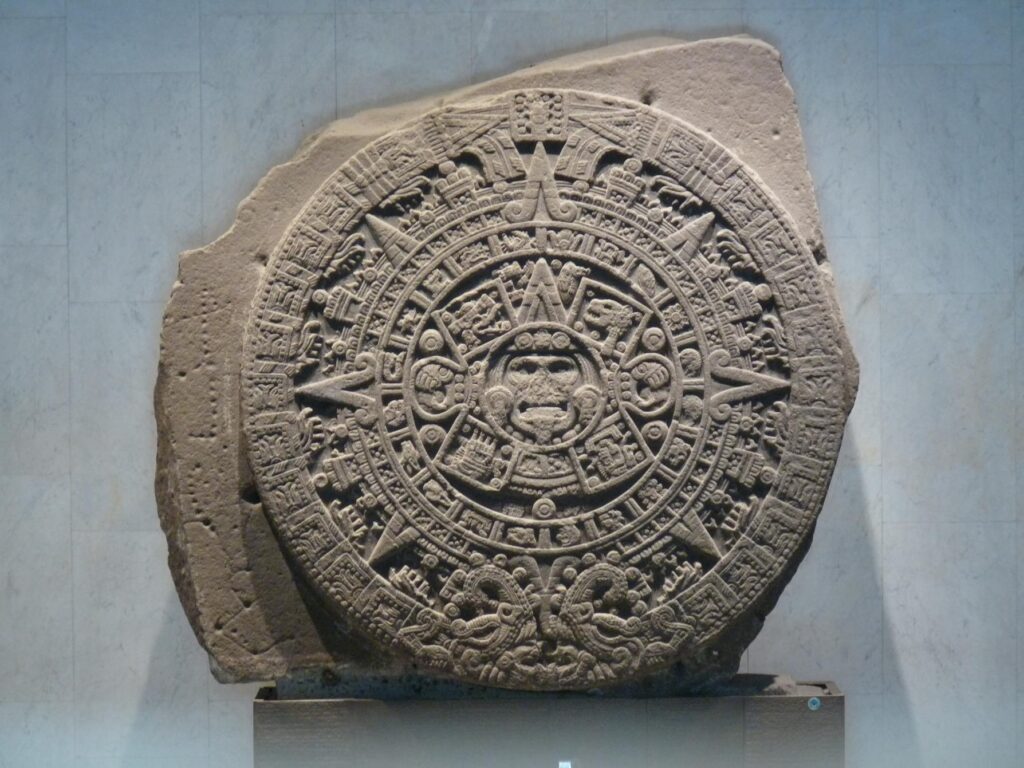
Among their other accomplishments, the ancient Mayas invented a calendar of remarkable accuracy and complexity
The Maya utilized three interconnected calendars. One of them was the “Haab” which consisted of 18 months with 20 days each. The Haab was based on observing planetary movements and was similar to our modern solar calendar. However, unlike our calendar, the Haab had only 360 days. This was because it lacked the five additional days called the “wayeb.”
Astronomy
The Maya had a keen fascination with astronomy, believing that certain cosmic events coincided with specific occurrences on earth. By studying the stars, they believed they could predict future events. The sun, moon, and Venus were the celestial bodies that most intrigued them, although they also acknowledged the existence of other planets. The Maya believed that when Venus appeared as the morning star, it was a harbinger of chaos and unrest, which they used to determine when to engage in warfare with other tribes. Unfortunately, these conflicts often involved large numbers of human sacrifices.
Politics And Government
The Mayan civilization was made up of various tribes and chiefdoms, which did not consider themselves as one empire. Larger tribes would often conquer smaller ones and become their rulers, resulting in a constantly shifting political landscape. Nevertheless, each tribe maintained a relatively stable social hierarchy.
Mayan art depicts the king as an all-powerful figure, and the next king was typically chosen from among the male descendants of the previous king, as in Western monarchies. The coronation of a new king was celebrated with elaborate ceremonies and festivities.
Kings held significant religious and military power, as people believed that their blood was necessary to communicate with the gods. Even potential heirs had to start participating in blood rituals from the age of five. A king was also expected to be a skilled military leader and a formidable warrior. The king’s court comprised mainly of warriors, priests, and wealthy individuals. Disputes among court members were resolved through either a ritual dance or human sacrifice.
Fall Of The Mayan Civilization
Around 900 CE, the Mayan culture began to fall apart quickly. The number of people living there went down, and they went back to living in simple farming communities. Historians say that several things caused this collapse. Changing weather patterns could have been the most important reason the Mayan empire fell apart.
Around 900 CE, they started to have droughts, which were likely made worse by cutting down trees. This meant that they couldn’t take care of so many people. Mayans had also been fighting with each other for hundreds of years, which was starting to hurt them.
People think that war changed trade networks and even moved water sources. This meant that there were fewer resources, which hurt many tribes. So, when the Spanish came in the 1500s, they were already in bad shape.
Mayan Art
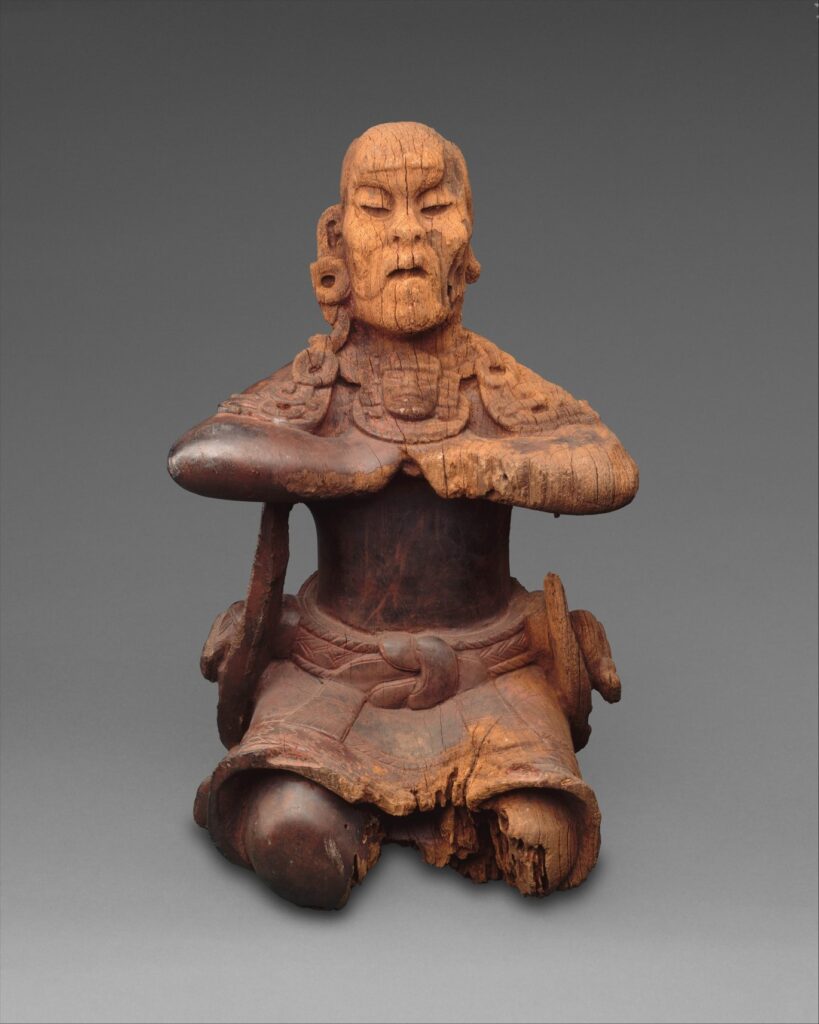
The Maya made art for various reasons, including their religious beliefs, to record their history, and to show cosmological events and rituals. Art was a sign of a thriving society, indicating that people had the resources and time to create something beautiful. Mayan art was used to decorate their homes, temples, palaces, and ceremonial courtyards, as well as on their clothing and personal adornments. Most of the art we find from the Maya came from the Classical period when they were doing well. Their art also incorporated hieroglyphs, which were mainly read by the elites, making art the primary way to tell stories and record their history.
Famous Mayan Art
Archaeologists have done much work recently to learn more about the Mayan people. They have done this in part by using Mayan art found in the ruins of old cities.
The Stelae of Quiriguá, Guatemala
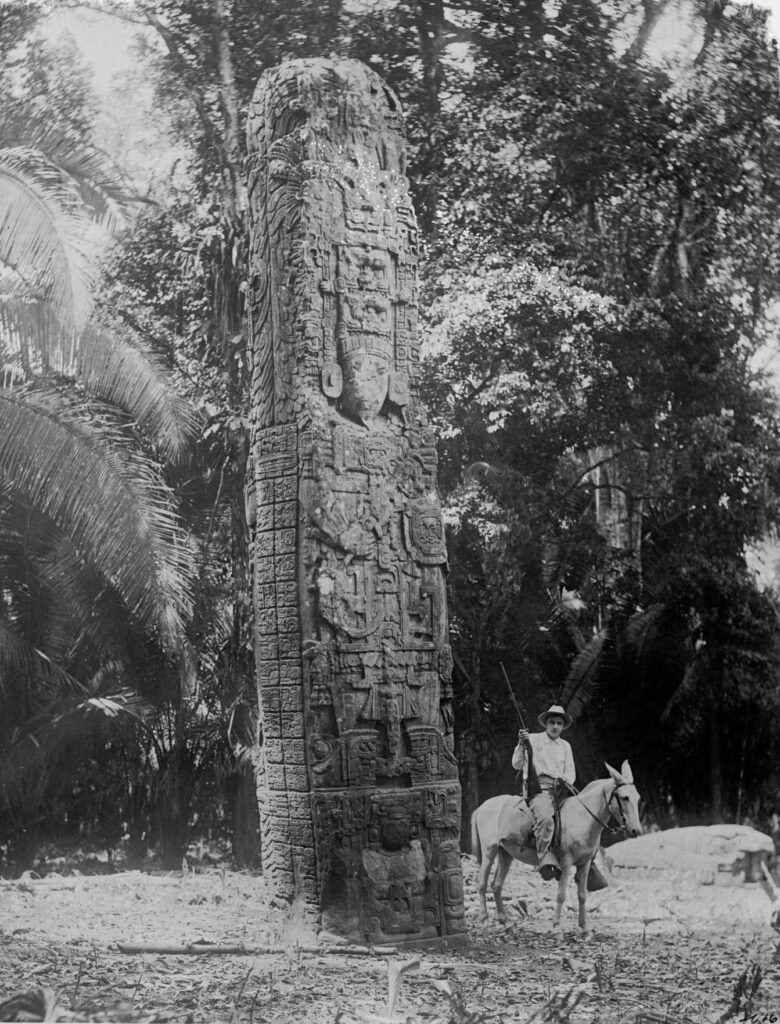
The stelae in the Guatemalan city of Quiriguá are some of the most impressive examples of Maya art. They are particularly notable for their size, being the largest stelae found in Central America. In fact, Stela E is the largest monolith from any culture in the Americas and was found at this site.
One reason for their impressive size and durability is that they were carved from a type of sandstone that is very strong. This allowed the Maya to use a technique called middle or half relief to carve intricate designs into the stone.
The stelae depict past kings of Quiriguá, including Cauac Sky, one of the city’s most important rulers. Despite the fact that the average Maya lifespan was less than 30 years during the Classical Period, Cauac Sky reigned as king for over 60 years, making him a particularly noteworthy figure in Mayan history.


